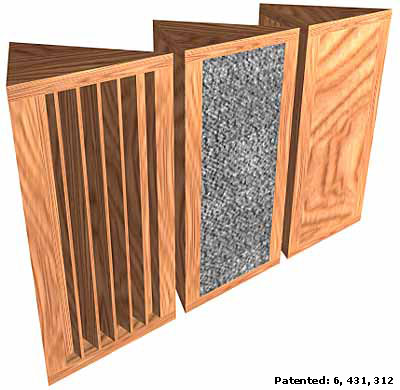Another data point: the 7th edition of Master Handbook of Acoustics by Everest & Pohlmann. There are three relevant chapters, 20, 21 and 24 which deal with domestic listening/home theatre rooms, home studios and professional control rooms respectively.
Chapter 20: Listening rooms
"Reflections from side walls will provide a wide front sound stage, while absorbers on the side walls will provide a more focused sound stage. Diffusion in the back of the room will add spaciousness and envelopment. It is generally best to balance these attributes. A good approach is to selectively add treatment a little at a time while listening to the effect of each addition. It is best to use any one treatment moderately; it is possible to overly treat a room." (p. 438)
They don't assume the domestic listener to be able to do measurements beyond room dimensions in order to ascertain modes but suggest subjective evaluation for reflections. Some of their recommendations are drawn from Olive and Toole's research (among others). Essentially all reflections need to be below a particular threshold relative to the direct sound, otherwise they will cause problems with imaging. In the figure below, F=floor reflection, E=diffraction (rear wall), C=ceiling, S1 and S2 are side walls and curve B is the threshold below direct sound. Yes, the research mentions speech, but they seem to consider speech intelligibility as an important attribute in a home cinema room. On music: "If the taste of the audiophile is highly specialised, the listening-room characteristics can be designed for relatively optimum results for one type of music. If the listener's taste is more universal, the acoustical treatment of the listening room may require compromises to make it suitable for different types of music." (p. 414)
View attachment 289479
On lateral reflections: "When all of the reflections points are covered, as shown in Fig. 20-7, imaging will probably be much clearer and more precise now that the early reflections have been reduced." (p. 426) But they go on to talk about lateral reflections as something to be tailored to preference.
View attachment 289477
View attachment 289478
Chapters 21 and 24 on home and professional controls rooms argue for greater control of reflections, even lateral, and either LEDE or RFZ designs.

